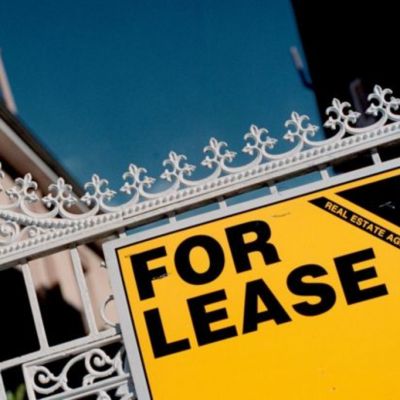Federal budget: No quick-fix for affordable housing, as renters become the focus

In an address in Melbourne on Monday, Scott Morrison all but admitted the government has given up on getting Gen Y on the property ladder.
Mr Morrison admitted straight away that one budget alone will not be enough to turn around the issues of affordability. In other words, this current generation of first home buyers shouldn’t expect home ownership to get any easier any time soon.
Instead, he pointed to a plan to help fuel investment in community and social housing around Australia to assist with the supply of rental housing. This would be through a “bond aggregator” model, similar to what has been seen in Britain, which provides cheaper finance to larger investors.
While we’re yet to see the full scope of the budget, this indicates a new focus – a move from our infatuation with a quick-fix for today’s first home buyers to a gradual approach. This includes a focus on tenants who are easily disregarded.
But before getting outraged on behalf of Gen Y, consider that the new focus on renters might be a blessing in disguise – after all, most would-be first home buyers are renters themselves.
The announcement is one of the first signs of a much-awaited push towards institutional investors – larger organisations or investors who buy a substantial portfolio of rental properties as opposed to the current “norm” of landlords owning one or two homes.
If this is the start of a broader trend towards this type of rental, it could prove to be more meaningful to those struggling in the housing market than any crowd-pleasing incentives or grants. It could usher in a new era of long-term, affordable leases.
And as Mr Morrison himself admitted: “There are no single or easy solutions and the payback is achieved in some cases over a generation not an electoral or budget cycle.”
He should be applauded for thinking long-term – this is exactly what the doctor ordered for a sick housing market.
But it’s going to be a bitter pill to swallow for this current generation of first home buyers.
The sticking point for most Gen Y’s will be Mr Morrison’s claim that keeping negative gearing is for the sake of tenants – and the so-called “mum and dad” investors benefiting from it.
He warned “disrupting negative gearing would not come without a cost, especially to renters, let alone the wider economic impacts … this would not be good news for the 30 per cent of Australian households who rent”.
If institutional investors were supplying the majority of rental properties, it could make tackling negative gearing easier in the future.
But leaving aside the much-debated issue of whether today’s renters would actually be better off with or without 2 million landlords negative gearing, there still lies a big challenge for policymakers.
While there’s the suggestion of allowing first home buyers to raid their superannuation funds for a deposit and giving retirees incentives to downsize, the big issue is that even with access to super, property prices would need to fall to make homes anywhere near affordable.
And they need to fall by a significant amount.
A recent analysis of median dwelling prices compared to first home buyer loans found prices would need to fall by as much as 30 per cent in Sydney and 10 per cent in Melbourne to make the property markets accessible for an entry-level buyer.
Scott Morrison is no believer in a bubble. So if prices were to fall, in this way of thinking, it would need to be through government intervention.
This is not a Baby Boomer versus Gen Y zero-sum game but it is an extreme balancing act, and perhaps one that is unwinnable.
Any price falls of this magnitude would significantly hurt those who currently own properties – be it homes or investment properties – and so makes the idea unpalatable for the 67 per cent of people who own properties in Australia.
It would also hurt the economy – falling house prices would likely see a drop in residential building, falls in employment in related industries and a fall in discretionary spending.
So while a shift towards assisting renters, and slow, long-term reform for first-home buyer affordability might not be the result first-home buyers wanted, it might actually be a blessing in disguise – if not for Millennials, then maybe at least for Centennials.
We recommend
We thought you might like
States
Capital Cities
Capital Cities - Rentals
Popular Areas
Allhomes
More









